

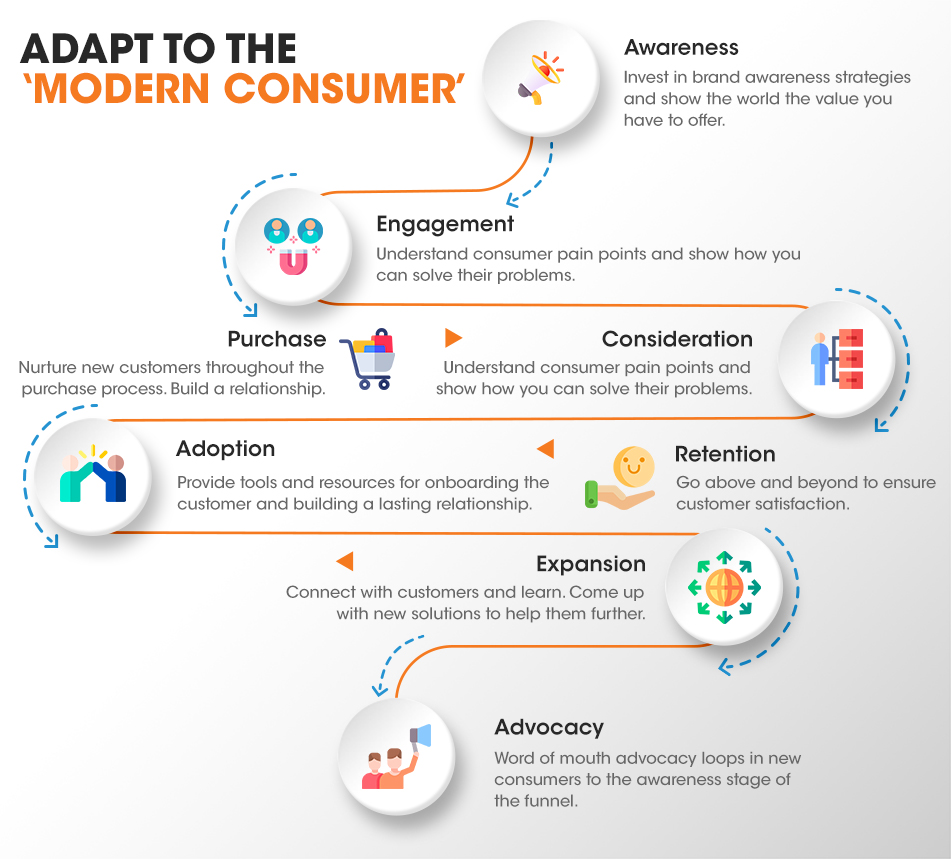
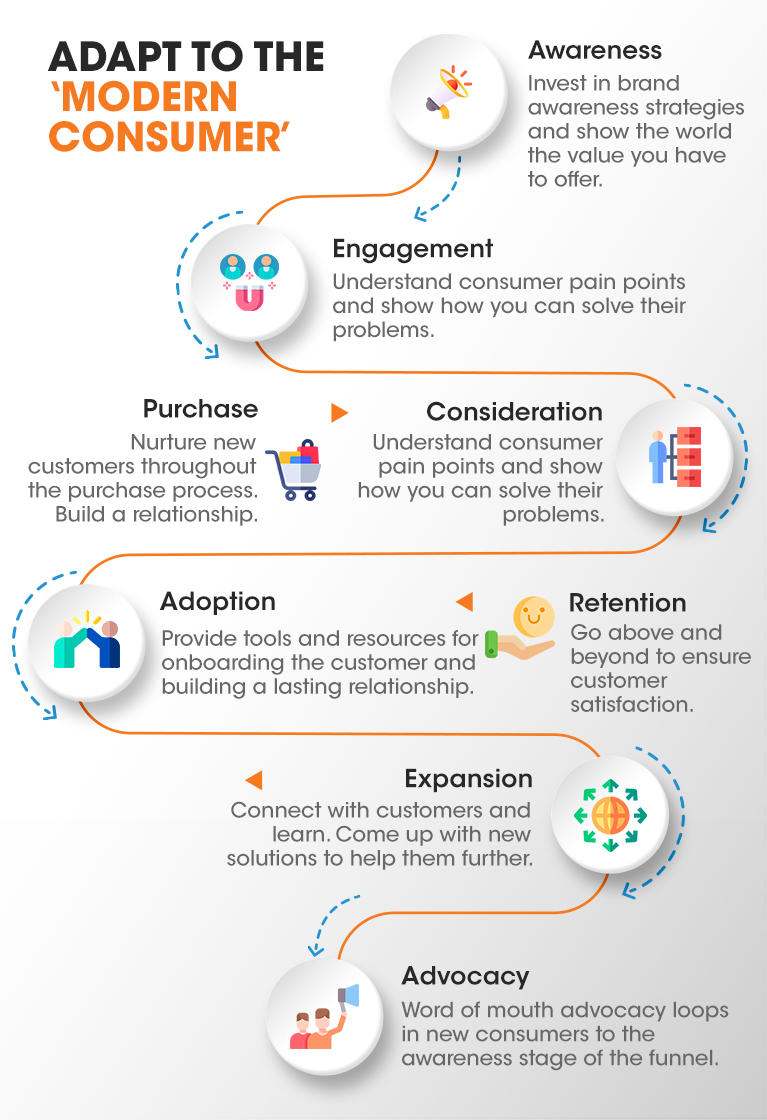
Performance marketing, in general, can refer to an array of executed results, ranging from a completed sale to a successful download. But the real tussle is between sprinting and running a marathon to achieve your marketing goals i.e. opting for tactical campaigns to achieve quarterly numbers or having a holistic always-on approach. This piece is essentially our take on this raging debate.
Strategize for the long haul.
Employing a mix of short-term marketing tactics to create a long-term performance marketing-based strategy can help brands generate higher consumer engagement, conversion rates, etc., all of which lead to improved sales, buyer retention, and brand loyalty.
Digital marketing strategies can begin with a simple consideration of:
- Product: The central element for any marketing strategy, the product needs to be designed with features and a price that suits the needs of the audience. People will readily pay extra for a top of the shelf product that has features that they require.
- Market: Who is your market? What characteristics define your target audience? What do they need? What solutions are they looking for? Answering these questions can help you define the criteria that gives direction to your strategy.
- Platform: While there are several platforms like search engines, websites and social media available for performance marketing, you must keep your target audience in mind and decide which marketing platforms would suit your strategy and objectives the best before investing your efforts in them.
Creating a suitable long-term marketing strategy is the way to go, and it needs to be fluid and flexible, adapting to the dynamic constructs of product, market, and platform.
Effecting a Shift from a 4P Approach to the 6C Approach
Earlier, marketing was all about the 4Ps – product, price, place, and promotion. Earlier, understanding the product you are selling, the price you are asking for the product and how that impacts your brand, the place or platform you choose for your marketing, and the promotions or marketing strategies you have in place for the same, were what defined a marketing strategy. While the 4P model worked fine, dynamically changing consumer behaviour made it pertinent for marketers to adopt a new, more consumer-centric model.
Today, the 6C model takes precedence for marketing with its dynamic components, which include:
- Customer: Understanding the real people that form your consumer base and defining their needs and motivations.
- Consistency: Maintaining uniformity in all communication that is in line with the brand image. Also, be consistent with your presence. Today, out of sight is out of mind.
- Creativity: Thinking out-of-the-box to inform, persuade, and remind consumers of your brand and products.
- Culture: Understand the culture and language of your consumers.
- Communication: Don’t “market to” consumers, “communicate with” them.
- Change: Constantly adapt your marketing to changing times and needs.
In a time when competition in every sector is on the rise, putting consumers first and offering products and services ‘for’ them instead of ‘to’ them has become the call of the hour for any brand that wants to make a mark.
The Understanding of Product, Market and Platform Follows a 6W Analysis
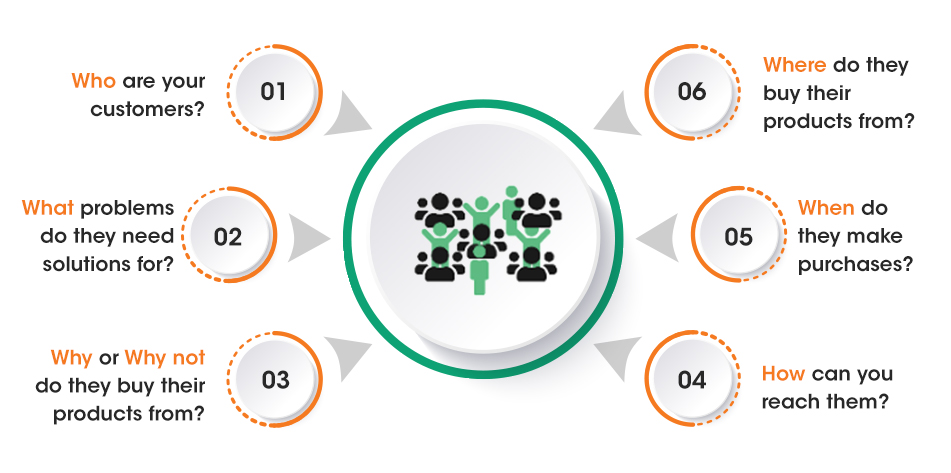
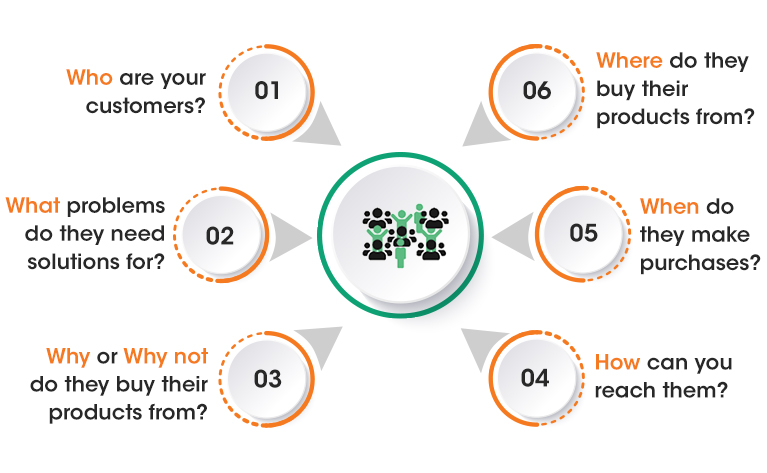
The ability to see new opportunities and threats from the consumer’s point of view is a special skill that can prove to be invaluable in performance marketing. Acquiring this skill requires consumer behaviour analysis for understanding the needs and wishes of customers, investigating the buying behaviour of potential customers, and in-depth market research, all of which are very dynamic parameters and subject to significant changes over time. However, a recurrent 6W analysis can help you gain a lot of important insights.
The 6W approach takes the focus that was previously on the product and shifts it towards the customer and helps strategists and marketers map the known and unconscious behaviour among their audience, which can further help adapt campaign and marketing strategies to suit the changing needs of the consumer.
Components of the 6W Analysis
The components of the 6W analysis form 6 very simple questions, the answers of which can help you define a buyer persona that is not based on quantitative demographics alone.
Who are Your Customers?
This is the fundamental on which your strategy should be based. Apart from defining the demographics and basic details of your customers, you need a qualitative analysis as well that defines who has the purchasing power, who influences your customers, etc. This can help you know your audience and give a definite direction to your strategy.
What problems do they need solutions for?
This encompasses what your consumers are looking for, what problems of theirs require solutions, what products or services can help them, what do they do with the products they purchase, what you can offer them, and so on.
Why do they opt for a product or service and why not?
Why does a consumer buy a particular product? In this, you need to question the reasons behind the purchase decisions made by your consumers. Consider the alternatives they had when they made the decision - did they buy it for satisfaction, to fulfil a need, as a solution, or something else. Basically, you need to understand the motivations that drive these decisions, as well as the reasons why consumers don’t buy a particular product.
Where do they buy their products from?
Think about the sources and platforms they use to do their research and make their purchases. Knowing where your target audience is present during different phases of the marketing funnel can help you define your marketing strategy and campaigns accordingly.
When do they make their purchases?
Having an idea about whether relative purchases are need-based, seasonal, or situational, then taking it further and looking at the most common time of the day when purchases are made, can further give shape to your marketing. These insights will provide you with a roadmap on when you need to ‘be present’ and when you need to actively ‘sell’
How can you reach your audience?
This is a very dynamic premise that will vary based on the results garnered from the first five questions. With the previous answers, you can formulate the perfect plan to reach your audience, decide what you want to communicate, at what time, and where.
Together, the 6 components of this consumer analysis model can help you understand your audience base which, in turn, enables you to create your consumer-centric marketing strategy.
Audience Segmentation
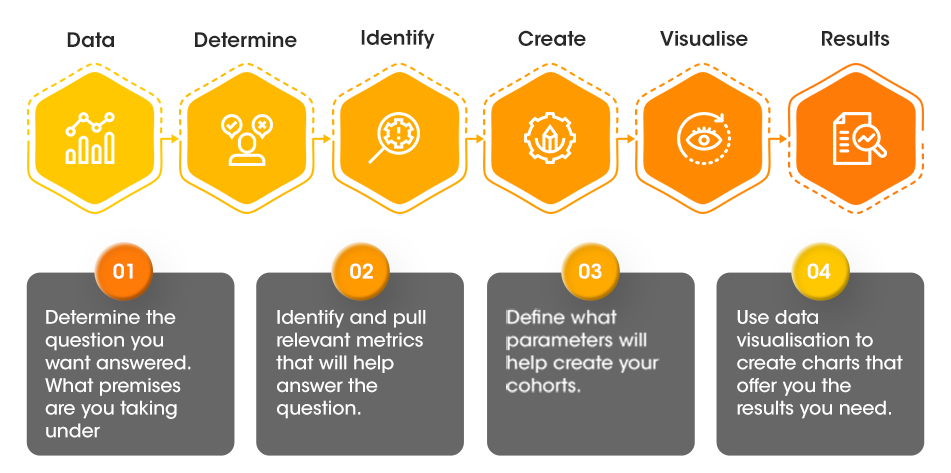
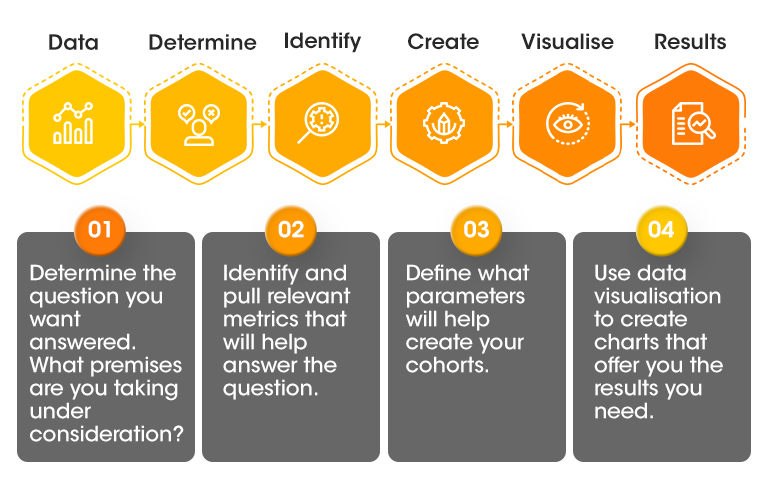
The time has come for marketers to adopt a finer segmentation technique. While consumers can be grouped into certain ‘segments’ based on shared commodities, similar characteristics are used to group them into cohorts.
All cohorts are segments, but all segments are not cohorts.
Demographic-based segmentation of your consumers can be further classified into cohorts, which consider specific experiences or events shared by a group of people. Cohort analysis can help brands identify patterns and user behaviours that can be used to gauge which direction your consumers are going and where your business is headed to map future strategies.
With basic cohort analysis, you can understand your retention rates, how well your sign-up forms are doing, why a particular cohort stopped buying, which product categories attract what type of consumer, which marketing channels are the most effective, and much more. You basically get a clear view of what’s working and what’s not, thus allowing you to adjust your strategy accordingly.
Why Brands Need a Strategy that is Always-On
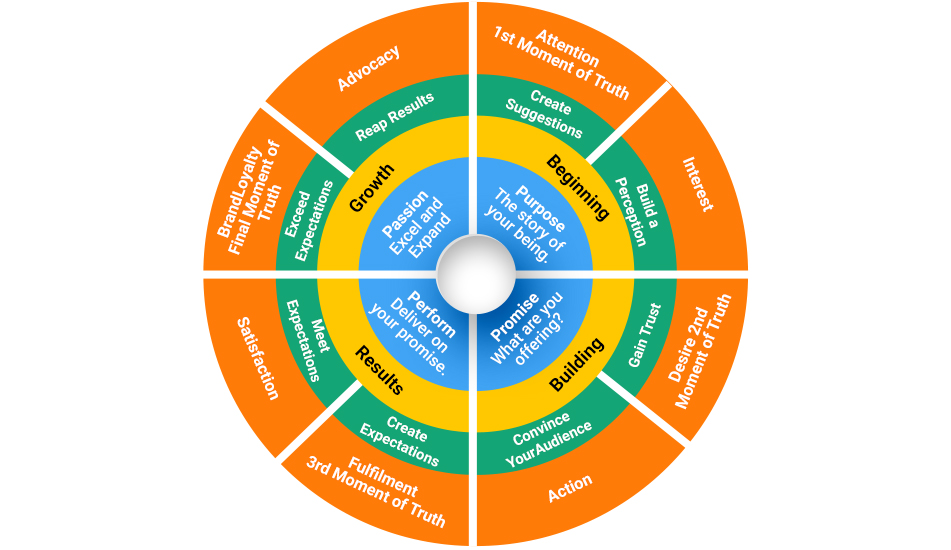
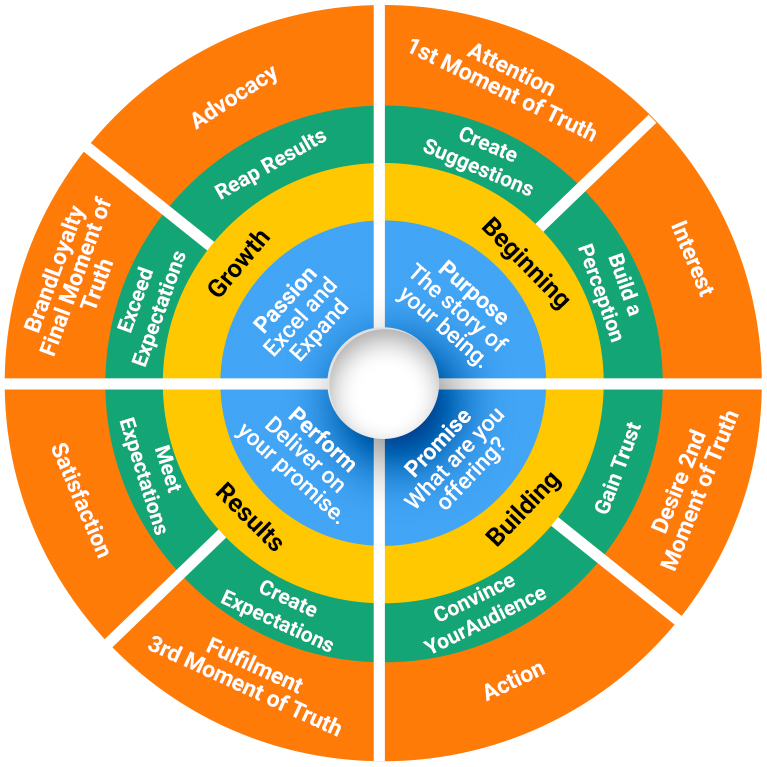
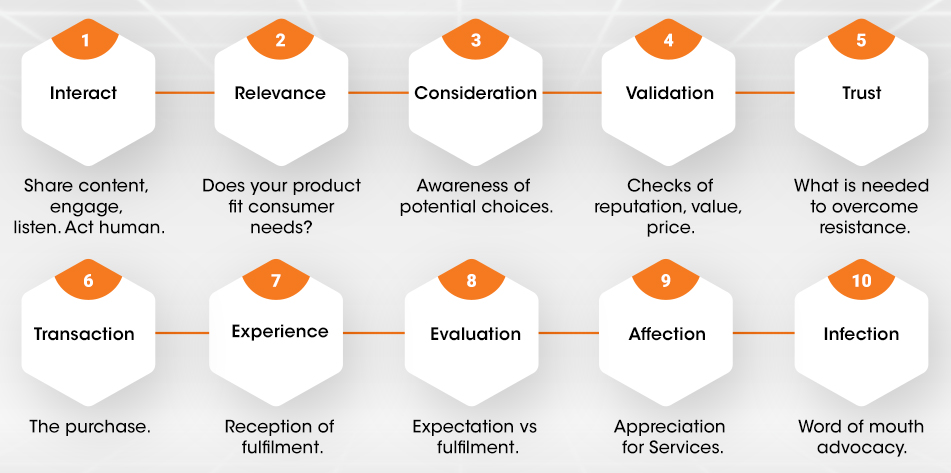
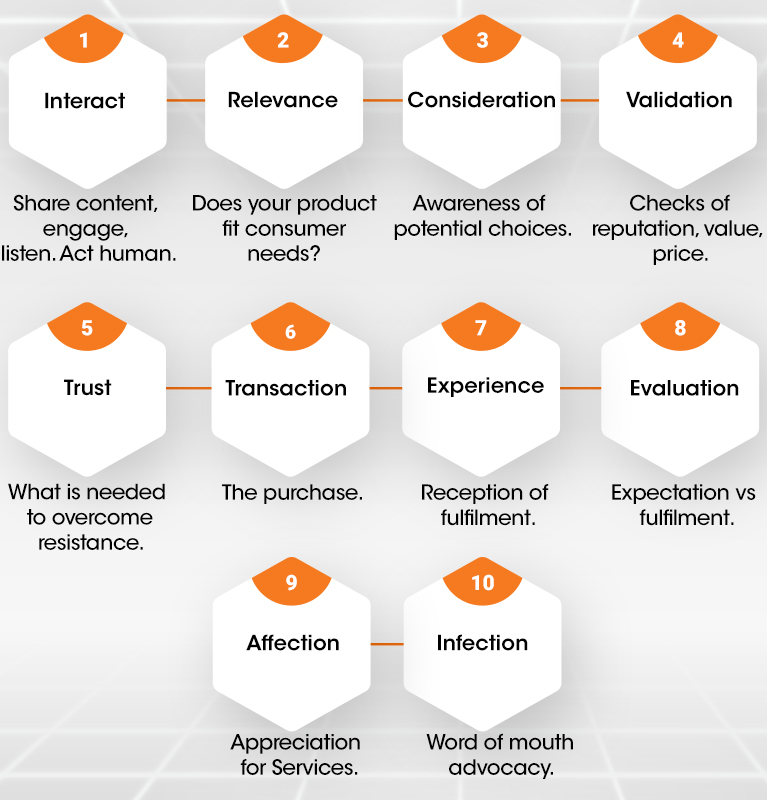
Let’s beam back to what we said at the start.
The online marketplace is full of competition and clutter which not only affects brand visibility but also results in higher pricing. In such a scenario, the “out of sight out of mind” situation needs to be circumvented, for which consistency is an irreplaceable aspect. Consistent audience engagement and messaging signal the availability of a brand, which psychologically encourages a consumer and assures them that they can have their needs met at any time.
While the market is driven by the curiosity and interest of the consumers, recall value is very important.
Consumers may be able to buy your product at any time during the day, but the real question is, what are you doing to reach your customers actively, right now?
As compared to the tactical approach where you follow a regular schedule for posting on different platforms and look for enhanced engagement and traction mainly around events or celebrations, or in many cases the ‘business season”, an “Always On” ensures that your brand is present where it matters, when it matters. Even if you are not actively selling, it reminds the user of relevant information about your brand and maintain the share of voice through value-led messaging, thereby helping to capture audience that is just ‘browsing’.
Importance of Multi Click + Touch Attribution
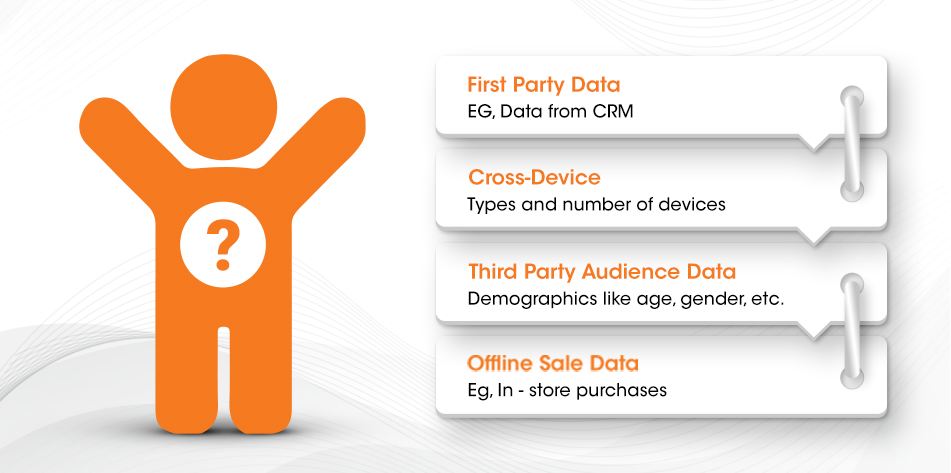
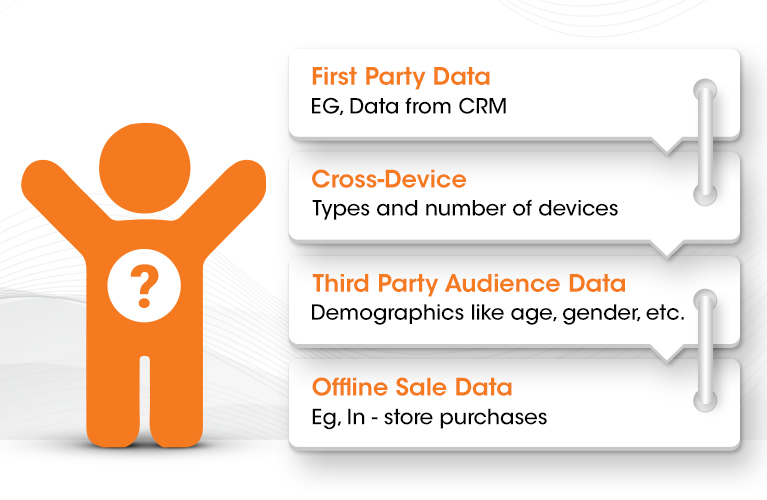
Investing in paid media has always driven business growth but to ensure this investment does not go to waste, marketers need to know where they should allocate their money.
Single-touch attribution has always taken precedence when it comes to evaluating the impact of any campaign. However, in an increasingly fragmented market, attributing all the success of a campaign to the first or last click/touch of a conversion may just translate into lost opportunities. Following a single-click attribution model only shows you performance based on the last indirect interaction.
On the other hand, a multi-channel platform and device marketing mix is all the rage today as it allows brands to reach the right audience at the right time and with the right message. The explosion of channels and platforms, easy access to different devices, and technological advancements have brought seismic changes in consumer behaviour and preferences and have greatly altered the customer journey. Despite that, even earlier, the customer journey hardly ever constituted of a user coming across an ad, clicking it, and buying your product straight off the bat. Some put in research, others may wait for their salaries, while some others might just forget all about it until they come across another ad.
It is imperative to demonstrate the connection between your marketing strategies and the real-world impact they have on the growth of your business. For that, brands need to understand their conversions, where they are coming from, and more importantly, how they got there. For a customer journey that encompasses multiple channels, we need a model that can attribute a conversion to multiple touchpoints.
The need to track all these channels to know what works has necessitated the adoption of a multi-touch attribution model. Multi-touch attribution can provide deep insight into consumer experience, which can help improve marketing strategies and allocate budgets towards legitimate and effective sources that generate the most ROI. There are numerous multi-touch attribution models that marketers can opt for, including: -
- The Full Path Model: The most extensive model, it tracks each and every marketing effort and touchpoint in the customer journey. Highly effective but takes resources and time.
- Linear Model: Assigns equal value to each touchpoint. Demonstrates that every touchpoint is important but is not as insightful as other models.
- Time Decay Model: Credit is shared by all touchpoints, but those that come later in the customer journey get more credit as compared to the ones at the start. It’s good for relationship-building, but not very effective in analysing shorter sales cycles.
- W-Shaped Model: 90% credit is divided equally between the 1st (visit), 3rd (lead), and last (sale) touchpoints and 10% between the 2nd and 4th. Gives credit to all touchpoints, but does not cover points outside the first, middle, and last touchpoints.
- Custom Model: Highly specific to a particular company’s needs, this model generally combines suitable features of the basic models to create a personalised multi-touch attribution model. Providing you with complete control, it allows you to set the criteria for credit distribution for conversions. However, it can be a very resource-intensive task for many to create a custom model for their business, so many just end up using the pre-built models that are available.
In a generation of first-screen adopters, where the median age of the audience is around 27, digital marketing also needs to be Gen-Z-, Millennial-driven. Today, brands need to go beyond the scope of traditional concepts, to capture modern consumers, and escape the conventional constructs of advertising. For this very reason, brands need to become artisans who can model their performance marketing for customers.
Bhav has over 2 decades of work experience spanning across sales, marketing, operations & digital. Having worked with over 100 + brands including Fortune 10 brands, he brings knowledge of international & domestic digital marketing in Performance Media.






Leave a Comment